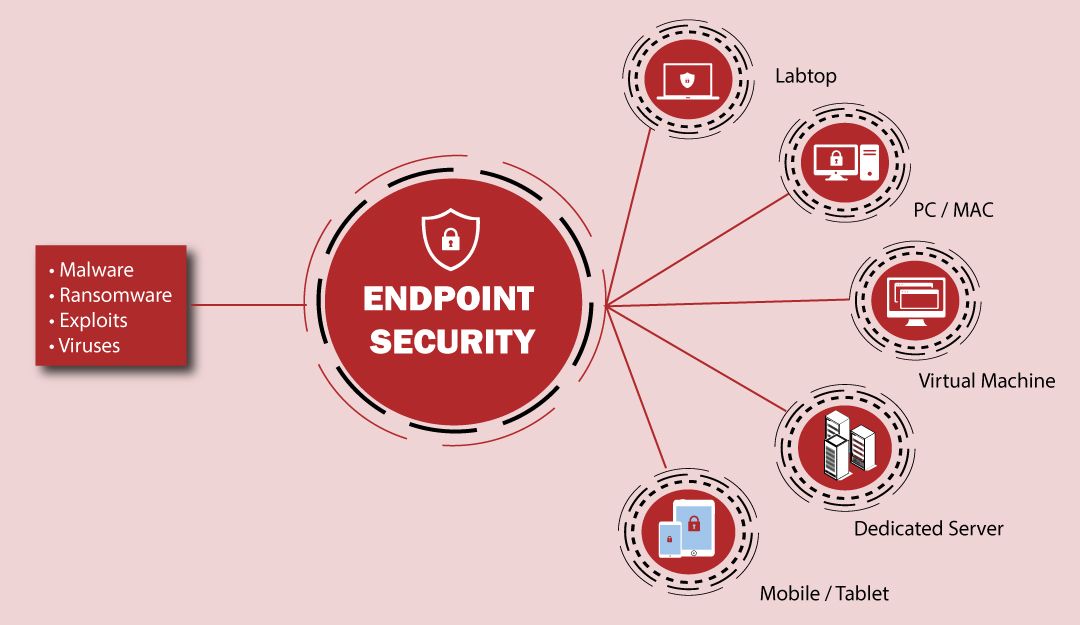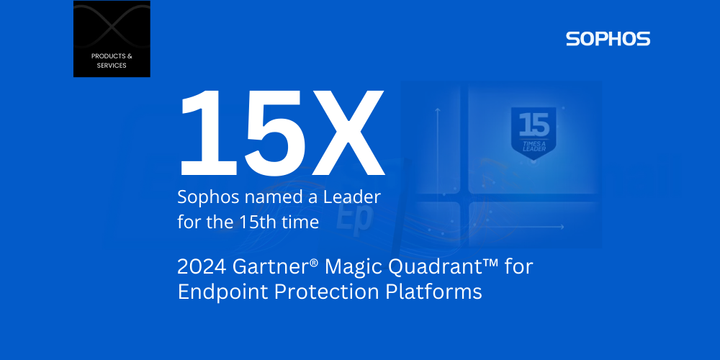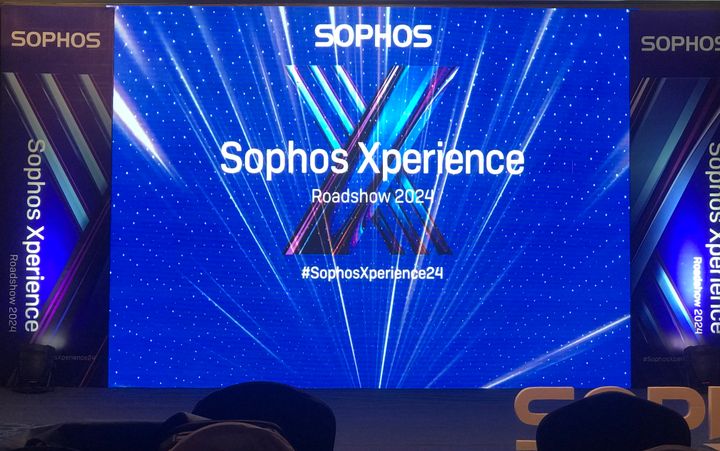5 Stand-Out Features of Endpoint Security You Should Know

Endpoint devices play a critical role in many organizations. These devices, which include laptops, desktop computers, smartphones, tablets, and other devices that connect to the network, are used by employees to access and use company resources, such as applications, data, and systems.
Endpoint devices are often used to store and transmit sensitive data, such as customer information, financial records, and intellectual property. They are also used to access the internet and communicate with other devices and systems. Thus protecting your endpoint devices is vital in an organization to reduce the risk of cybersecurity threats.
Protecting your endpoint devices is an important part of your organization's overall security strategy, as it helps prevent unauthorized access to your network, safeguard sensitive data, and protect against malware and other types of cyber attacks.
There are varieties of techniques and tools to protect your endpoint devices Depending on the vendor there are many endpoint protection software in the market as well. Organizations should be able to identify the features that is useful for them. All the endpoint protection can have some common features like Intrusion protection, access control, networks control, antivirus protection or so on.
Here are 5 top features of Endpoint Security that you should know before choosing the right endpoint protection for your organizations.
Endpoint detection and response (EDR) is a security feature that helps detect and respond to security threats that target endpoint devices, such as laptops, desktop computers, smartphones, and tablets. EDR typically includes a combination of software and hardware that is designed to detect security threats and provide real-time visibility into the activities of endpoint devices.
EDR solutions are designed to help organizations identify, investigate, and respond to security incidents that may affect endpoint devices. They typically use a combination of technologies, such as machine learning, behavioral analytics, and network monitoring, to detect and classify security events.
EDR solutions can help organizations identify and respond to a wide range of security threats, including malware, ransomware, viruses, and other types of attacks. They can also provide valuable insights into the activities of endpoint devices, which can help organizations improve their overall security posture.
Application and Device Control features are designed to help organizations control the use of applications and devices on their network. These features can help prevent unauthorized or malicious software from being installed or executed on endpoint devices, and they can also help prevent unauthorized devices from being connected to the network.
Some examples of application and device control features that may be included in an endpoint security solution include:
- Application whitelisting: This feature allows organizations to specify which applications are allowed to be installed or executed on endpoint devices. All other applications are blocked.
- Application blacklisting: This feature allows organizations to specify which applications are not allowed to be installed or executed on endpoint devices. All other applications are allowed.
- Device control: This feature helps control access to devices connected to the network, such as USB drives and other removable media. It can be used to prevent unauthorized devices from being connected to the network, or to allow only specific types of devices to be connected.
- Network access control: This feature helps ensure that only authorized devices are allowed to access the network. It can be used to prevent unauthorized devices from connecting to the network, or to restrict access to specific devices or users.
Intrusion Prevention Control is another security feature that helps prevent unauthorized access to a network or system. It is often included as a component of endpoint security solutions, which are designed to protect the devices that are used to access a network, such as laptops, desktop computers, smartphones, and tablets.
Artificial Intelligence (AI) and Machine Learning are increasingly being used as features in endpoint security solutions to help improve their effectiveness in detecting and responding to cyber threats. These technologies can analyze large amounts of data and identify patterns and anomalies that may indicate a security threat.
AI and machine learning are powerful tools that can help improve the effectiveness of endpoint security solutions in detecting and responding to cyber threats. They can help organizations respond to threats more quickly and efficiently, and they can also help improve their overall security posture. Some of the features that are included in endpoint Security under AI and Machine Learning are Behavioral analysis, Threat detection, Response automations, and predictive analysis.
Reporting and Alert Notification is yet another important features of Endpoint Security Software, as they help organizations stay informed about the security status of their endpoint devices and respond to security threats in a timely manner.
Some examples of reporting and alert notification features that may be included in an endpoint security solution include:
- Security alerts: These notifications inform organizations about security threats or incidents that have been detected on endpoint devices. They may include details about the type of threat, the affected devices, and any recommended actions.
- Compliance reports: These reports provide information about the compliance status of endpoint devices with industry regulations and standards.
- Activity logs: These logs provide a record of the activities that have occurred on endpoint devices, including information about installed applications, network activity, and user activity.
- Dashboards: These interactive visualizations provide a high-level overview of the security status of endpoint devices, including information about detected threats and compliance status.
Overall, Endpoint Security Solutions can come with bundle of features and capabilities but still organizations need to research their features and before deploying them in their Organization. Based on the Company profile and its requirements one should choose the right Endpoint Security Solutions for their Organizations.




Comments ()